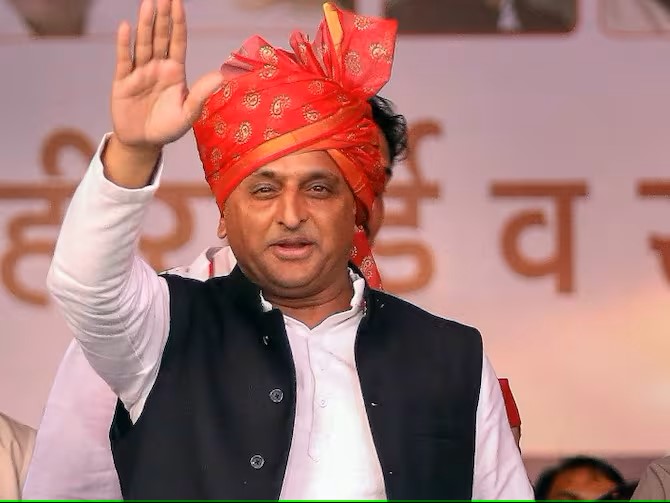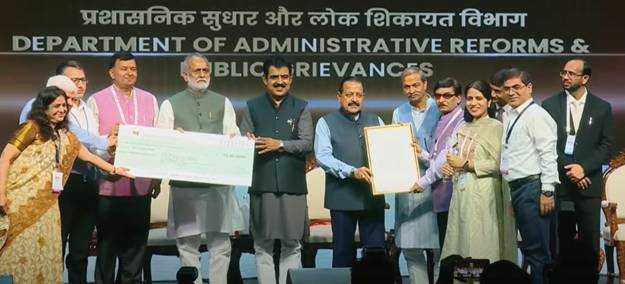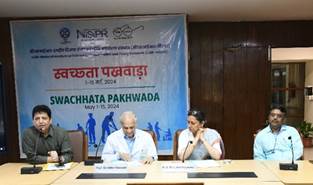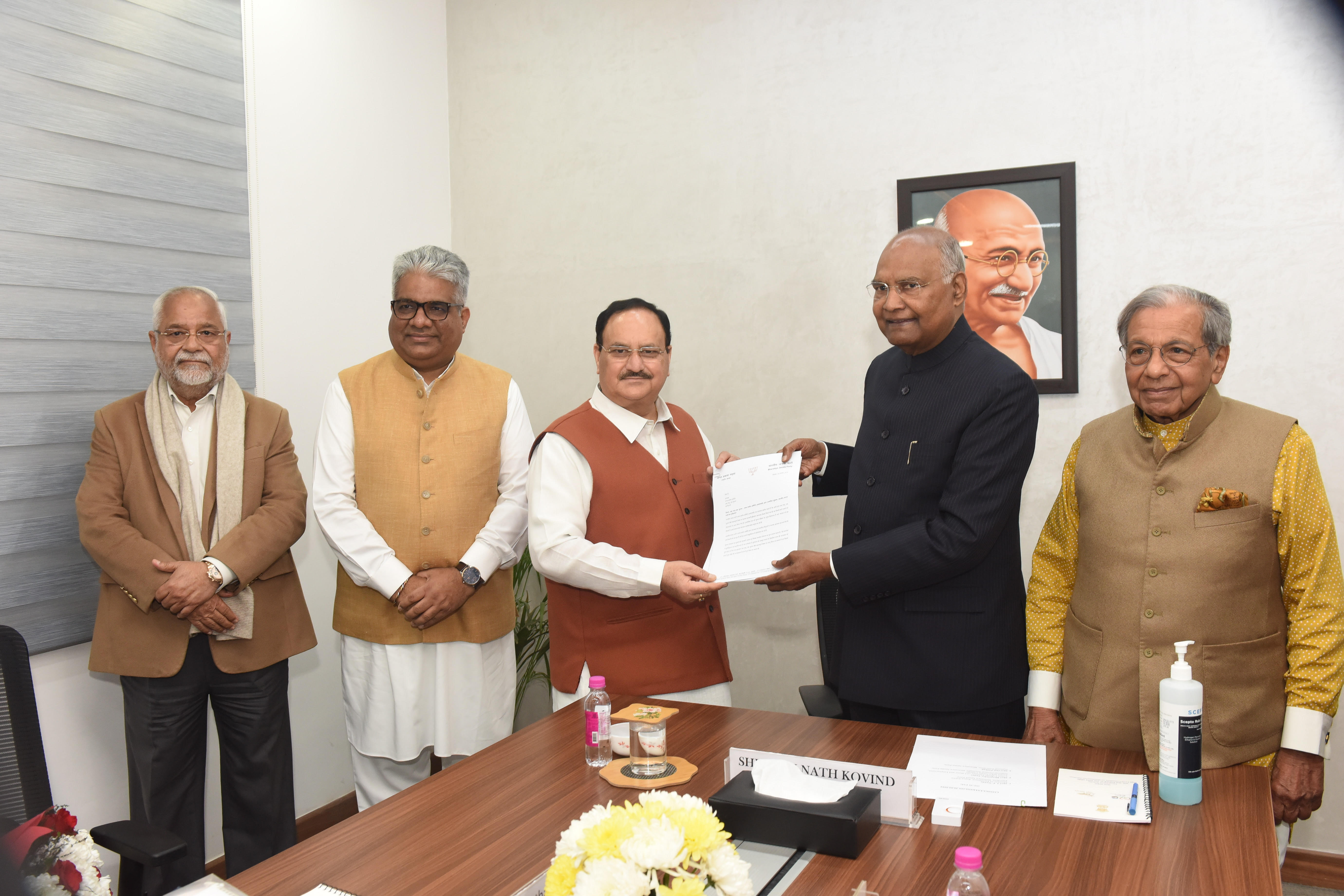Uttar Pradesh, India’s most populous state, stands at the precipice of a high-voltage electoral battle in the 2024 Lok Sabha elections. As the campaign enters its final phase, the political cauldron simmers with fiery exchanges, strategic manoeuvres, and an undercurrent of voter indecision. Akhilesh Yadav’s recent attack on the ruling BJP, laced with accusations of power misuse, has injected fresh intrigue into the already charged atmosphere. But beneath the surface lies a complex tapestry of public opinion, woven with varying degrees of support, dissent, and uncertainty.
 Yadav’s critique, while attention-grabbing, has elicited mixed reactions. Some dismiss it as mere essay propaganda, reflecting scepticism towards his claims. Others view it as a calculated blog statement, acknowledging its strategic intent to mobilize its core support base. A smaller segment perceives it as a daring attempt to “break into” the BJP vote bank, highlighting the potential to sway undecided voters. However, a significant portion remains unsure, indicating the need for Yadav to translate his rhetoric into concrete action to garner wider support.
Yadav’s critique, while attention-grabbing, has elicited mixed reactions. Some dismiss it as mere essay propaganda, reflecting scepticism towards his claims. Others view it as a calculated blog statement, acknowledging its strategic intent to mobilize its core support base. A smaller segment perceives it as a daring attempt to “break into” the BJP vote bank, highlighting the potential to sway undecided voters. However, a significant portion remains unsure, indicating the need for Yadav to translate his rhetoric into concrete action to garner wider support.
Within the BJP camp, the question of new faces versus experienced leadership sparks internal debate. A quarter of respondents advocate for moderate change, favouring the inclusion of 10-20 new candidates. This suggests a desire for fresh perspectives while maintaining a degree of stability. However, a sizeable section pushes for a more significant overhaul, seeking over half new faces. This reflects a yearning for a more dynamic and responsive party leadership. Notably, a sizable chunk remains content with the status quo, underscoring the BJP’s existing support base. The party’s challenge lies in navigating this tightrope walk, balancing the demands for change with the need to retain its core voters.
The perception of which party best fosters entrepreneurial growth holds significant sway in a state like UP. Over half the respondents view the BJP as the more entrepreneurship-friendly party, attributing this perception to its existing policies and image. However, a substantial portion remains neutral, suggesting that other parties have the potential to close this gap with targeted messaging and concrete action plans. The remaining undecided voters represent an opportunity for all parties to woo with their economic visions and commitment to supporting business growth.
While the BJP currently enjoys a comfortable lead, with 64% of respondents favouring them, the sizeable undecided segment (14%) throws the race wide open. This group represents the potential swing voters whose choices will ultimately determine the electoral outcome. Both the BJP and the opposition must tailor their campaigns to resonate with these voters’ concerns, addressing issues like unemployment, infrastructure development, and social welfare with clarity and conviction. The party that effectively captures the imagination and addresses the anxieties of this segment will hold the key to unlocking victory in the upcoming elections.
It’s crucial to remember that this analysis paints a broad picture based on a limited summary of the survey results. A deeper understanding would necessitate access to the full data set and the methodology employed. Additionally, the dynamic nature of electoral politics dictates that public opinion can shift rapidly, making it imperative for all parties to stay attuned to the evolving sentiments of the electorate. As the campaign gathers steam, expect fiery debates, strategic alliances, and last-minute manoeuvres in the cauldron of UP elections. Only time will tell which party emerges victorious, but one thing is certain: the battle for the hearts and minds of Uttar Pradesh’s voters will be fiercely contested, shaping the political landscape of India in the years to come.




